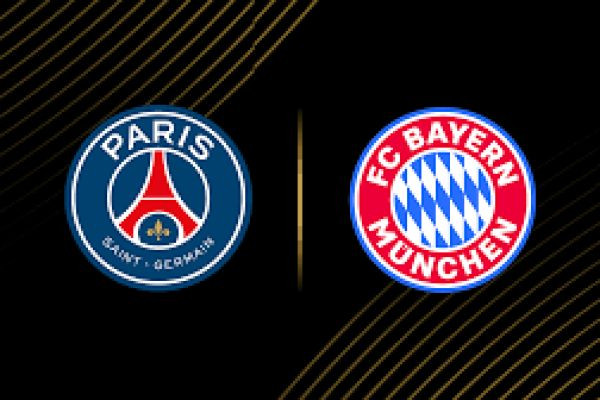The fixture between Paris Saint-Germain (PSG) and Bayern Munich has quickly evolved into the defining rivalry of the modern UEFA Champions League era. It is a compelling ideological clash between France's project of individualized superstar brilliance and Germany's machine-like collective efficiency, with the history now etched by dramatic finals and volatile knockout ties. More than just a football match, it represents a global contest of tactical philosophies and financial models, played out at the highest possible tempo.
The Weight of Recent History
The intensity of this matchup stems directly from their recent high-stakes encounters. The $2020$ Champions League final, won narrowly $1-0$ by Bayern Munich, solidified the German club's position as Europe's organizational benchmark. PSG exacted a degree of revenge in the $2021$ quarter-finals, winning on away goals in a thrilling, high-scoring tie, proving that their individual brilliance could, on occasion, overcome Bayern’s structure. This back-and-forth history ensures that every subsequent meeting is laced with psychological tension and a burning desire for supremacy.
Paris Saint-Germain: The Pursuit of Individual Chaos
The PSG Tactical Blueprint
The Transitional Threat: Mbappé's unmatched pace is the primary weapon. The strategy is to withstand periods of pressure and release him into the vast spaces created by Bayern’s aggressive high defensive line. Quick, direct passes from the midfield or defensive third are the ignition for this system.
Midfield Vulnerability: The major structural weakness often lies in the midfield. When the star forwards are defensively passive, the central pivot (often two players) becomes isolated against Bayern’s three dynamic central players, leading to critical breakdowns in ball retention and defensive coverage.
Full-Back Exposure: Due to the attacking commitment of the wing-backs or full-backs, the channels in wide defensive areas are frequently exposed. This space is a known target for Bayern's wingers, creating constant one-vs-one dilemmas for PSG's centre-backs.
Bayern Munich: The Relentless Gegenpressing Machine
Bayern Munich embodies the principle of collectivism and sustained pressure. Their philosophy, heavily influenced by the German school of Gegenpressing and vertical play, is almost always characterized by a fierce intensity that few teams can match for $90$ minutes. They utilize a high line and a dynamic $4-2-3-1$ formation.
Bayern’s Pillars of Success
High Pressing and Territory Control: Bayern seeks to compress the pitch, pushing their defensive line aggressively high to stifle the opponent's build-up. This facilitates immediate ball recovery near the opposition's goal, leading to waves of rapid attacks.
Midfield Dynamism: The central midfield pairing (historically including figures like Joshua Kimmich and Leon Goretzka) provides an exceptional balance of ball-winning ability, technical distribution, and late runs into the box. They are the engine that sustains the relentless press.
Wing Overloads: Bayern’s attack is heavily reliant on the pace and directness of their wingers (such as Kingsley Coman and Leroy Sané), who stretch the defense horizontally and deliver high-volume crosses and cutbacks into the box.
Key Tactical Decisive Battles
The winner of this fixture is decided by three defining confrontations:
Bayern’s High Line vs. Mbappé’s Speed: This is the ultimate risk-reward calculation. Bayern's willingness to commit numbers forward is the foundation of their system, but it leaves massive space behind their center-backs. If PSG can complete three or four accurate long passes over the top to Mbappé, the match can swing decisively.
The Midfield Engine Room: The duel between Bayern's industrious double pivot and PSG's central midfielders is paramount. If Bayern dominates this area, they will sustain the attack and starve PSG's forwards of service. If PSG's midfield pivot can absorb pressure and maintain possession, they relieve pressure on their defense and facilitate the transitions that hurt Bayern.
The Full-Back Channel Exploitation: Can Bayern's direct wingers consistently exploit the space vacated by PSG's attacking full-backs? The ability of the Bayern wide players to create and finish chances in these areas is crucial for breaking down the last line of defense. Conversely, the discipline of PSG's wide players in tracking back is often the deciding factor in preventing defeat.
In conclusion, the PSG vs. Bayern fixture is a fascinating collision of footballing wills. It is a test of whether the individual genius of a few can overcome the machine-like structure and enduring intensity of a collective unit. The narrow margins of victory in their history confirm that whichever side executes their high-risk, high-reward strategy with the greatest discipline will ultimately prevail.








